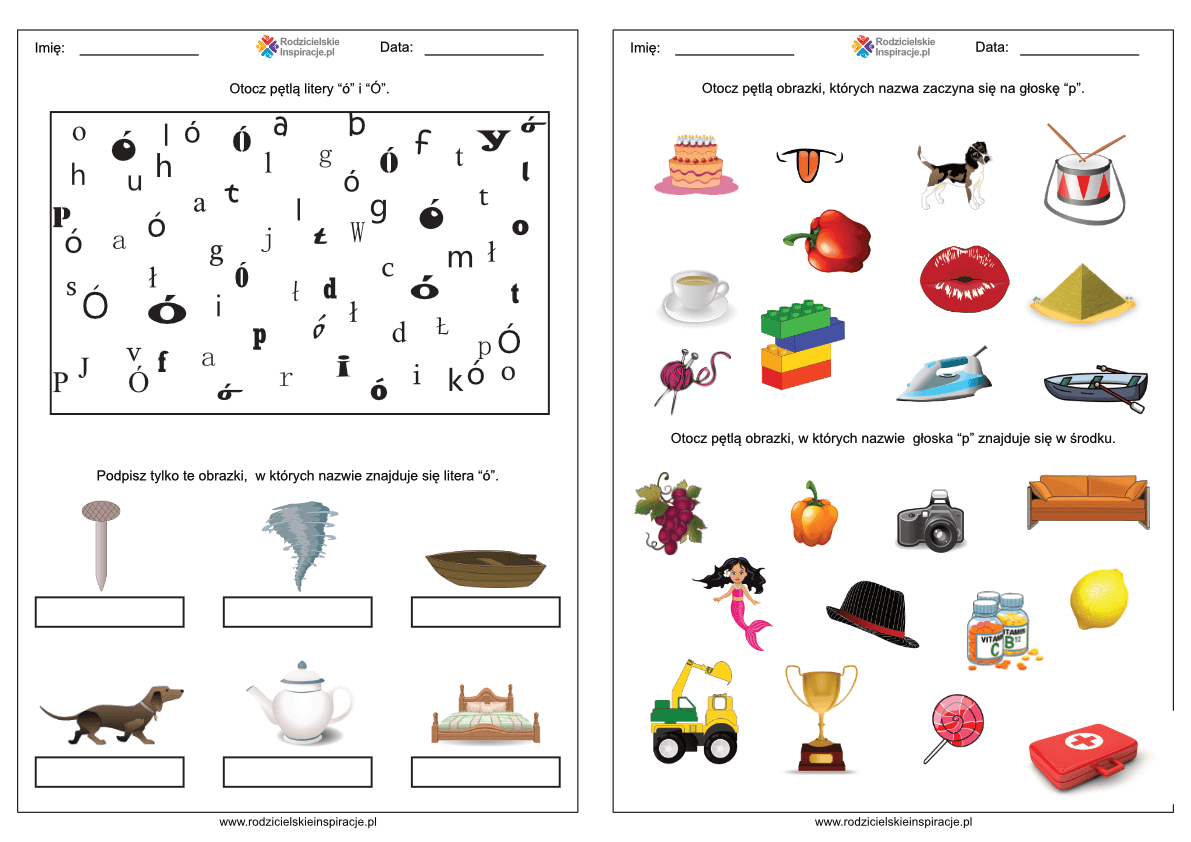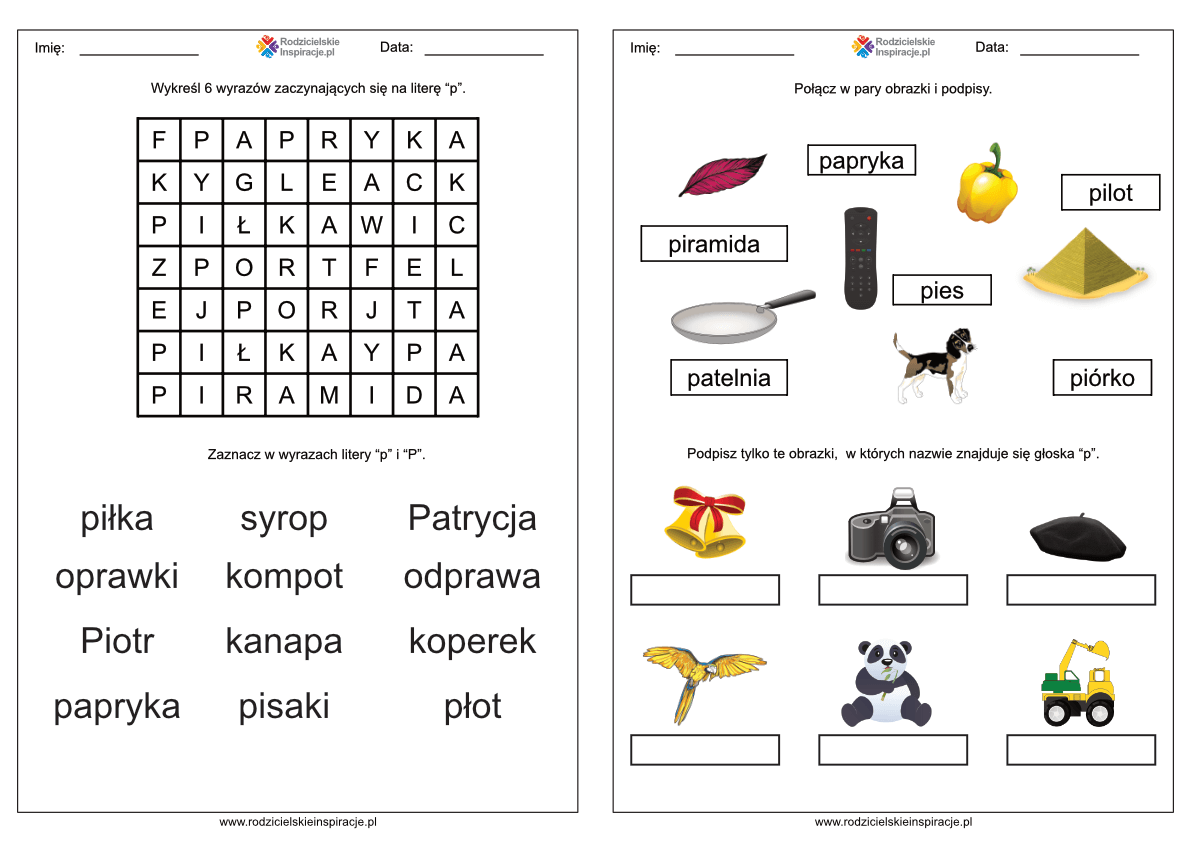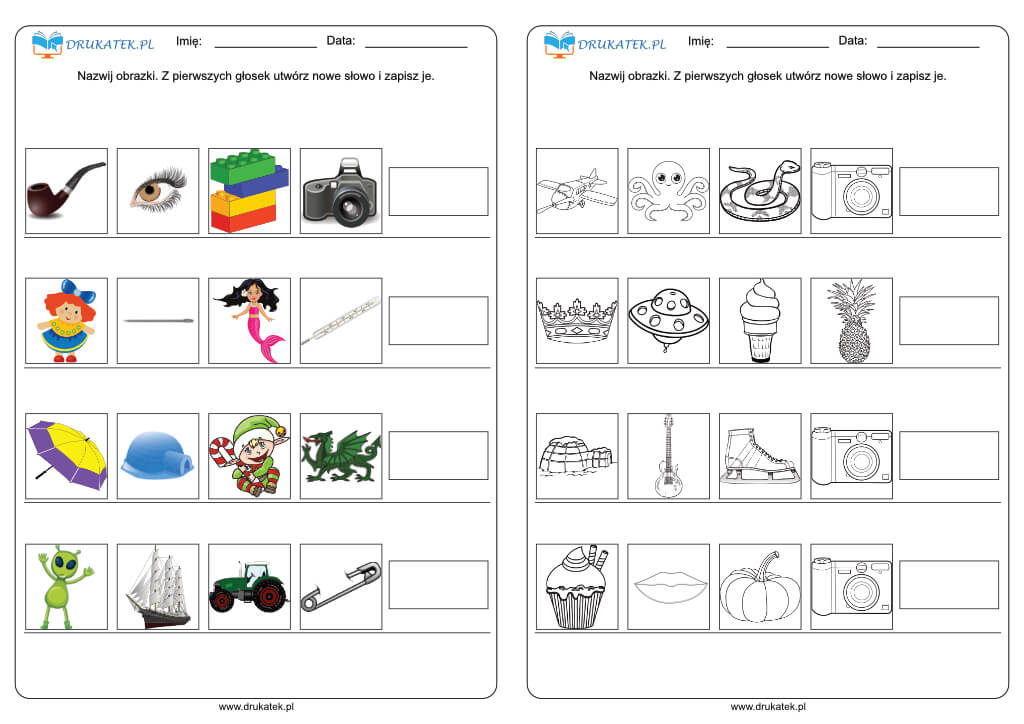Hey there! Let's dive into some basic building blocks of the Polish language. We'll explore głoski, litery, sylaby, and how karty pracy can help you master them.
Głoski: The Sounds of Speech
First up, we have głoski. What are they? Well, think of głoski as the smallest units of sound in a language. They are the individual noises we make when we speak. When you say the word "mama", you are uttering four głoski: /m/, /a/, /m/, /a/.
It's crucial to understand that a głoska isn't the same as a letter. Głoski are sounds. Imagine trying to describe the difference between a short "a" sound and a long "a" sound. Those are distinct głoski, even if we might sometimes use the same letter to represent them.
For example, the Polish word "król" (king) has four letters but only three głoski: /k/, /r/, /ul/. This is because the ó and l sometimes sound as one sound. Understanding głoski is crucial for pronunciation. They're the foundation for speaking correctly!
Litery: The Written Symbols
Now, let's talk about litery. These are the symbols we use to write down those sounds. Litery are the letters of the alphabet. The Polish alphabet has 32 letters, including characters like ą, ć, ę, ł, ń, ó, ś, ź, and ż.
Unlike głoski, litery are visual representations. They exist on paper or on a screen. When you write "kot" (cat), you're using three litery: k, o, and t. Each letter corresponds to a certain sound, or głoska.
However, the correspondence between litery and głoski isn't always one-to-one. Sometimes one letter can represent different głoski depending on the word. Sometimes one głoska can be represented by multiple litery (like the "rz" combination, which is usually one sound). In the case of the "rz" combination, for example, it sounds as /ż/.
Sylaby: The Syllables
Next up: sylaby, or syllables! What are they? Think of sylaby as the rhythmic units of a word. They are the 'beats' you hear when you say a word aloud.
Every sylaba contains at least one vowel sound. In Polish, vowels are a, e, i, o, u, y, ą, ę, ó. The word "szkoła" (school) has two sylaby: szko-ła. You can often identify syllables by clapping along as you say the word.
Dividing words into sylaby is important for pronunciation and for understanding the rhythm of the language. Polish words are often stressed on the penultimate (second to last) syllable. Knowing where the syllables are helps you know where to put the emphasis!
Let's look at another example. The word "komputer" (computer) has three sylaby: kom-pu-ter. Each syllable contains a vowel sound. Try saying the word slowly and clapping for each sylaba.
Karty Pracy: Worksheets for Practice
Finally, let's discuss karty pracy. These are worksheets designed to help you practice and reinforce your understanding of these concepts. Karty pracy can include a variety of activities.
For example, a karta pracy might ask you to identify the głoski in a given word, write down the letters that represent them, and then divide the word into sylaby. It might also have exercises focused on distinguishing between similar-sounding głoski or correctly spelling words that use tricky letter combinations. Another example is a karta pracy designed to match litery to the sound (głoski) they are making.
Karty pracy are a great way to solidify your knowledge in a hands-on way. They allow you to actively engage with the material and test your understanding. Many language learning resources include karty pracy to help learners grasp the fundamentals of the language.
Karty pracy are also useful for practicing pronunciation. Some might include audio recordings of words, and you'd be asked to transcribe them phonetically (using symbols that represent each głoska). Others might focus on word stress, asking you to identify the stressed sylaba in various words.
Examples of Activities Found on Karty Pracy
Here are some specific examples of activities you might find on karty pracy:
- Głoska Identification: Listen to a word and write down all the głoski you hear.
- Letter-Sound Matching: Match each letter or letter combination to its corresponding głoska.
- Syllable Division: Divide words into sylaby and mark the stressed sylaba.
- Transcription Exercises: Transcribe words phonetically, using the International Phonetic Alphabet (IPA) or a simplified version.
- Minimal Pairs: Identify the difference in meaning between words that differ by only one głoska (e.g., "kot" vs. "kto").
Why are these building blocks so important?
Understanding głoski, litery, and sylaby, and using karty pracy for practice, is essential for mastering the Polish language. They provide the foundation for accurate pronunciation, correct spelling, and a deeper understanding of the language's rhythm and structure.
So, embrace these building blocks, use karty pracy effectively, and watch your Polish skills flourish!


